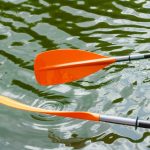In this article, we’ve got all the information you need to decide on the optimal kayak size. Discuss kayak sizes like a pro!
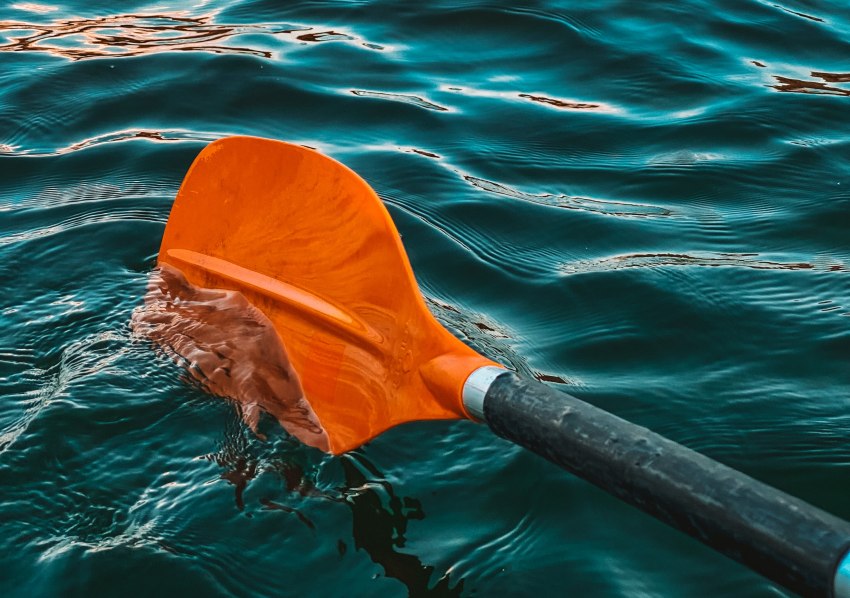
In this guide, we discuss different sizes of kayak paddles and tips to help you select the right paddle length.
Paddles can be a little mystifying to many beginner kayakers. They might look simple, but you soon find out about different styles, angles, shafts, and now lengths, and suddenly they aren’t quite so straightforward. If you’re still getting your head around the different types of paddles, check out one of our buying guides to make sense of why there are so many options.
But if you’re now in a position where you understand a little about paddles, it’s time to look at one of the most important factors that can make or break your perfect kayak paddle. The length. Let’s take a look at why paddles are different lengths, and how it will affect your time on the water.
Why Does the Size of Your Kayak Paddle Matter?
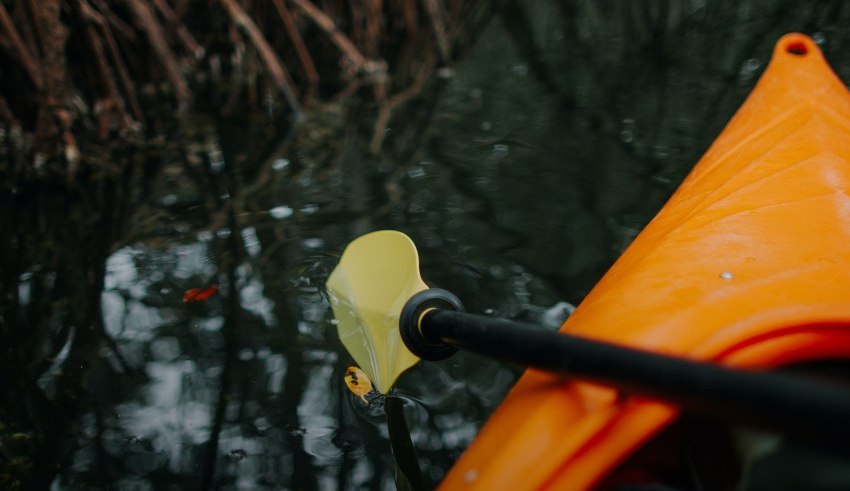
First off, kayak paddles come in different lengths for the simple reason that kayak paddlers come in different sizes.
In relatively recent history there was a bit of a one-size fits all setup behind all kayaking gear and this included paddles.
Fortunately, sense prevailed and paddles are now designed for kayakers of different sizes and shapes, giving everyone the ability to paddle with the same level of efficiency.
There is more to paddle size though.
Kayakers who prefer to paddle wide sit-on-top kayaks benefit from a longer paddle, as it gives them an easier reach over the side of their kayak. You get a longer and more efficient cruising stroke with a longer paddle too, which many paddlers choose for cruising and long trips in calmer water.
Conversely, shorter paddles give you a faster stroke turnover for efficient acceleration and change of direction, great for white water paddlers and playing in ocean breaks.
How to Size a Kayak Paddle
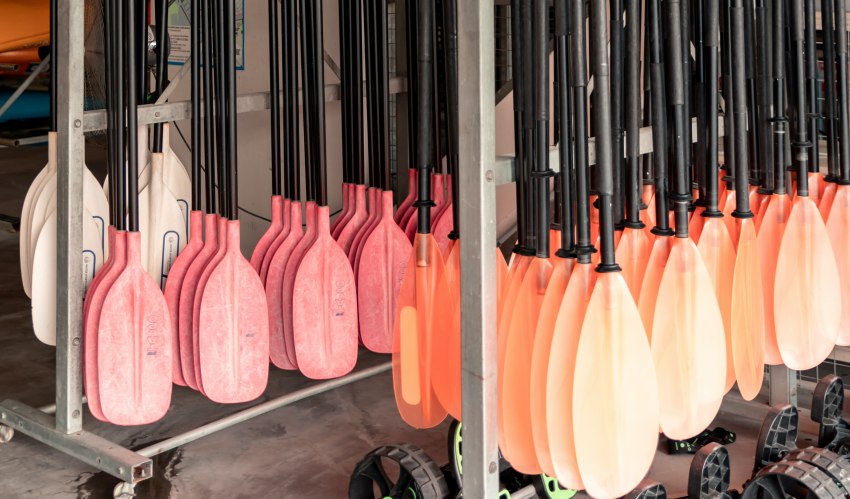
The Quick and Dirty Style
There are two ‘quick and dirty’ methods of checking your paddle length. These aren’t scientific measures, but if you’re in a rush and deciding on which paddle to use on a given day, it can be enough. These are not precise enough to use to buy your paddle though.
Stand your paddle up alongside you and reach up with your closest arm. You should be able to comfortably close the first fold in your fingers over the top of the paddle.
If you can reach well above the paddle, it’s too short, if you can close your whole hand over the top of the blade then it’s probably too short.
This only really works with high-angle paddle blades.
Alternatively, hold your paddle out in front of you with your elbows bent at 90° in the normal paddling position. If you were to draw a line around the center of the paddle shaft – split paddles make this much easier – your hands should be around ⅔ of the way from that to the outside of the shaft, where the shaft meets the blade.
Your Height
Shorter paddlers will use shorter paddles, it’s that simple. Because you sit down to kayak, many companies choose to use a torso measurement, rather than pure height, to size a paddle. This works for those whose height is not split equally between their legs and torso, who may get the wrong paddle size if they go purely off their overall height.
Kayak Width
The width of your kayak also affects how long your paddle needs to be. As we mentioned earlier, longer paddles give you a more comfortable reach over the sides of your kayak.
But a long paddle in a narrow kayak feels cumbersome to paddle with and won’t give you a dynamic forward paddle stroke. You’ll end up with an arcing stroke that continually turns your kayak.
This chart from Aqua-Bound balances torso height against boat width for recreational kayak paddles.
| Kayak Width / Paddler Height | Under 23“ | 23″ to 27.75″ | 28″ to 32″ | Over 32“ |
| Under 5‘ | 200 cm | 210 cm | 220 cm | 230 cm |
| 5′ to 5′ 6“ | 210 cm | 220 cm | 230 cm | 240 cm |
| 5′ 7″ to 6‘ | 220 cm | 220 cm | 230 cm | 240 cm |
| Over 6‘ | 220 cm | 230 cm | 240 cm | 250 cm |
Source: Aqua-Bound Paddle Sizing
High and Low Angle Paddles
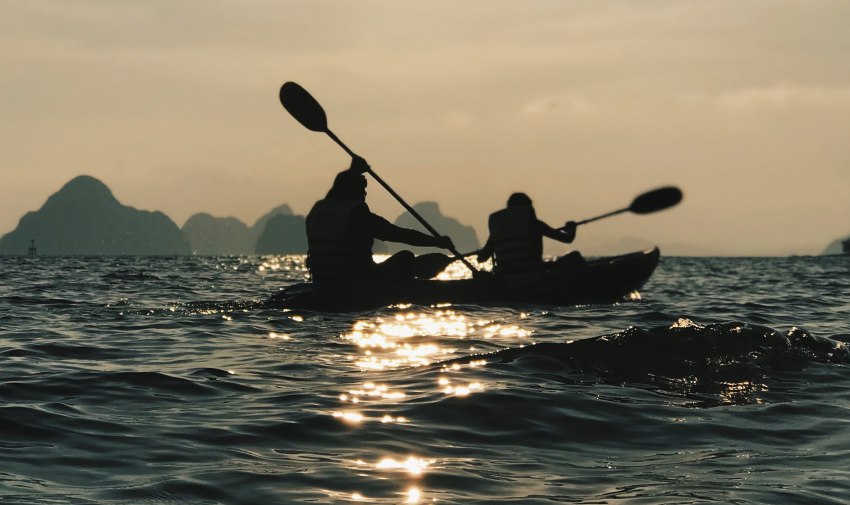
One of the key differences between paddles is whether you have a kayak paddle with high angle or low angle blades. We have a whole article on the difference here. In a nutshell, it boils down to whether you prefer long cruising paddle strokes from a lower position or shorter sharper paddle strokes (or a higher seat).
Low-angle paddle blades tend to be long and narrow, a little like a modern version of a traditional Greenland kayak paddle. Because of this, and the fact that you use low-angle paddles for long, cruising strokes, low-angle paddles tend to be longer than high-angle paddles.
The following chart from NRS is a simplified version of the Aqua-Bound chart. However, it includes different options for kayakers using low-angle or high-angle kayak paddles.
Touring & Recreational Kayak Paddle Sizing Chart
Low Angle
| Paddler Height | Boat Width | Paddle Length |
| 5’0″–5’10” | 21″–23″ | 220 cm |
| 5’6″–6’2″ | 23″–26″ | 230 cm |
| over 6’3″ | over 25″ | 240 cm |
High Angle
| Paddler Height | Boat Width | Paddle Length |
| 5’0″–5’10” | Under 22″” | 210 cm |
| 5’6″–6’2″ | 23″–26″ | 215 cm |
| over 6’3″ | 23″–24″” | 220 cm |
Source: NRS Paddle Sizing
Whitewater Kayak Paddles
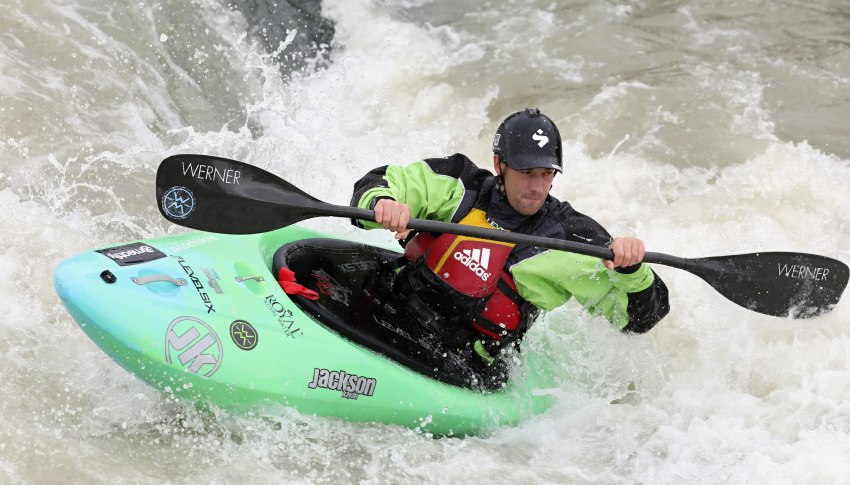
The charts above are for recreational, fishing, and touring paddles. But whitewater kayak paddles are completely different from any other category.
Moreover, there is still variety within whitewater paddles. Some are longer, for smooth linked strokes in creeks, while others are shorter, for sharp bursts and highly dynamic moves like in freestyle.
The length of whitewater kayaking paddle varies on the same factors that we looked at already. The chart below shows paddle lengths for different disciplines of white water kayaking – including surf kayaking which works on the same principles.
| Freestyle & Surf Kayaking | River and Creek Kayaking | ||
| Paddler Height | Paddle Length | Paddler Height | Paddle Length |
| Under 5’ | 185 cm | Under 5’ | 185 cm |
| 5’ – 5’3” | 188 cm | 5’ – 5’3” | 191 cm |
| 5’4 – 5’7” | 191 cm | 5’4 – 5’7” | 194 cm |
| 5’8 – 5’9” | 194 cm | 5’8 – 5’9” | 197 cm |
| 5’10 – 6’ | 197 cm | 5’10 – 6’ | 200 cm |
| Over 6’1” | 200 cm | Over 6’1” | 203 cm |
Source: Ainsworth Paddle Length Guide
Other Paddle Factors to Consider
Weight
Longer paddles weigh more. Okay, so that’s generally speaking, but if there is more material then there is a good chance that is going to equal more weight. None of us really want to be swinging a heavy paddle through the water, but if you’re in a discipline that requires a longer paddle, it might be worth limiting the weight to reduce fatigue. Fiberglass blades rather than plastic can be an easy – if pricey – way to reduce weight.
Blade vs. Shaft
Remember that quick and dirty method we mentioned earlier where you used the amount of shaft to judge the right paddle length? Well, even if you use a technical method to check your paddle length, it’s still a good idea to check it with this.
Because paddles are measured from tip-to-tip, the measurement includes blades and the shaft. If your chosen paddle has particularly long blades, you might find that you end up with a shorter shaft than you had expected. If you follow the low-angle size chart then this shouldn’t be an issue, but it’s still worth checking.
Split Paddles
This is a slightly different measurement, but if you want kayak paddles that are easy to transport and move around with, paddles that break into either two or four pieces are a great choice. When you’re picking your split paddles, be sure to check the measurements when they’re broken down to make sure they fit where you’ve chosen to transport them. Usually, this would be in the back of your kayak or in a hatch.








